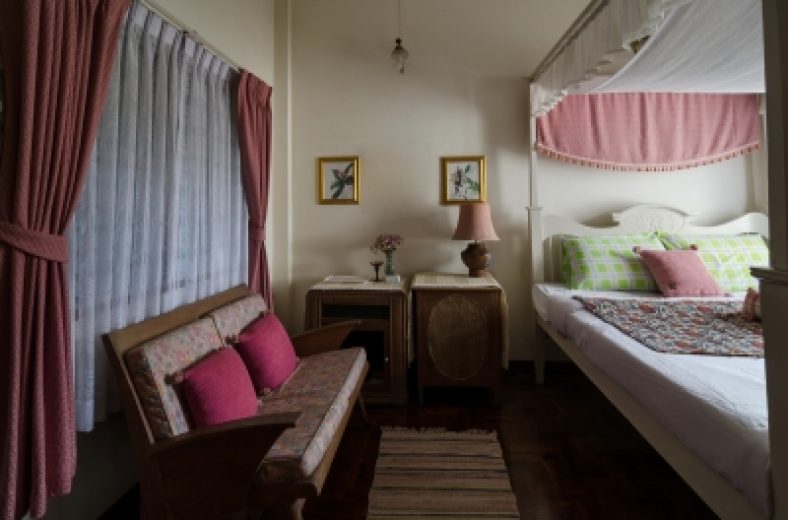Many homeowners are joining the green movement by making small changes in their own homes. Some of them are taking simple steps to lower energy consumption by making their home energy-efficient. If you are thinking of reducing your energy bills, there are simple ways to go about it.
For one, you should take a look at your windows. You can significantly lower your energy bills and improve the comfort level of your home by simply sealing any gaps, cracks, or other air leaks. You can caulk and weatherstrip around the windows to lower air leakage. In addition, installing better insulation is also a very good investment. Listed in this article are a few tips to make your existing windows more energy efficient.
Blackout Curtains: Can Act As A Heat Barrier
Blackout blinds are generally used to block out light during the day. It is preferable to install this window treatment in the bedroom where the space needs to be dark and quiet. Blackout blinds are also useful in the entertainment room, theater room, or game room to reduce glare from the sunlight. This window treatment can reduce or eliminate glare on your computer screen or television.
In addition, blackout blinds are also capable of reducing noise. Its light- and nose-blocking features are very beneficial for shift workers who have unusual sleep habits.
But aside from its light-blocking features, it can also make your existing window more energy efficient. Some blackout curtains have an energy efficient aluminum coating which acts as a heat barrier. It also traps heat inside the house during the winter season. This increases energy efficiency by around 20% because it lowers thermal energy loss by 25%.
As a result, it lowers your utility bills and greenhouse gas emissions. According to www.blackoutblinds.biz, this type of window treatment also lowers heating and cooling costs because it can control the climate in your room.
Low-E Coating Storm Windows: Reduce Air Infiltration
If your existing windows are still in excellent condition, you should consider attaching low-emissivity or “low-e” storm windows. Doing so will boost the energy efficiency of your windows and enhance the comfort level of your home.
You can mount a low-e storm window as an interior panel or as an exterior attachment to your windows. This type of window can lower air infiltration- whether the windows are coated or not. You could also consider adding low-e coating, which is an invisible layer on the glass, to lower radiation and conduction heat losses. Doing so will improve your overall energy savings by up to 10-15%.
In fact, you can save 12-33% annually in heating and cooling costs based on the Energy Department field tests. Installing this type of storm window and coating is a very good investment.
According to the recent studies conducted by the Energy Department, wherein they looked into the impact of low-e storm windows in different U.S. climate zones, they found that low-e storm windows are much more affordable in different climate zones. In addition, its average payback is around 2-4 years.
Low-E storm windows are usually custom ordered. The Building America Programs’ Solution Center lists the guidelines in making accurate measurements of your windows to make sure that the storm window is properly fitted.
Citations:
- Image courtesy of Sira Anamwong/ FreeDigitalPhotos.net
Featured images:
License: Royalty Free or iStock
source: http://www.freedigitalphotos.net/images/beautiful-vintage-bedroom-photo-p229481
Kris Bennette is an environmentalist who promotes the green movement. In this article, she discusses two options to improve energy efficiency of windows.

